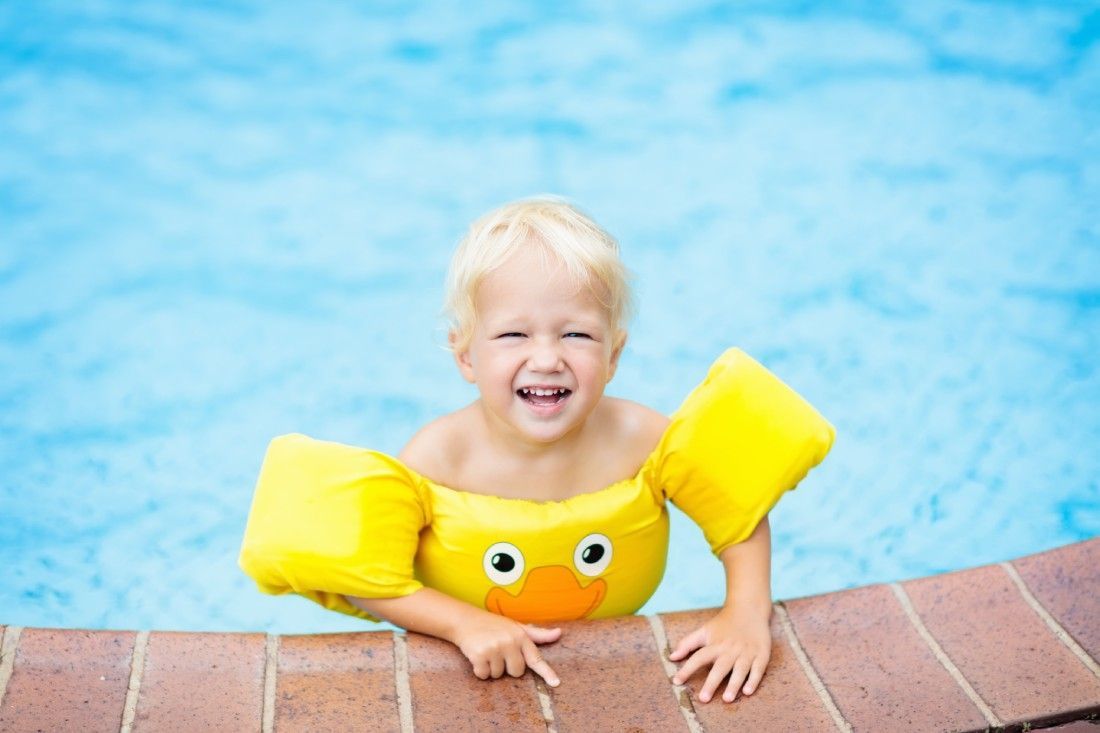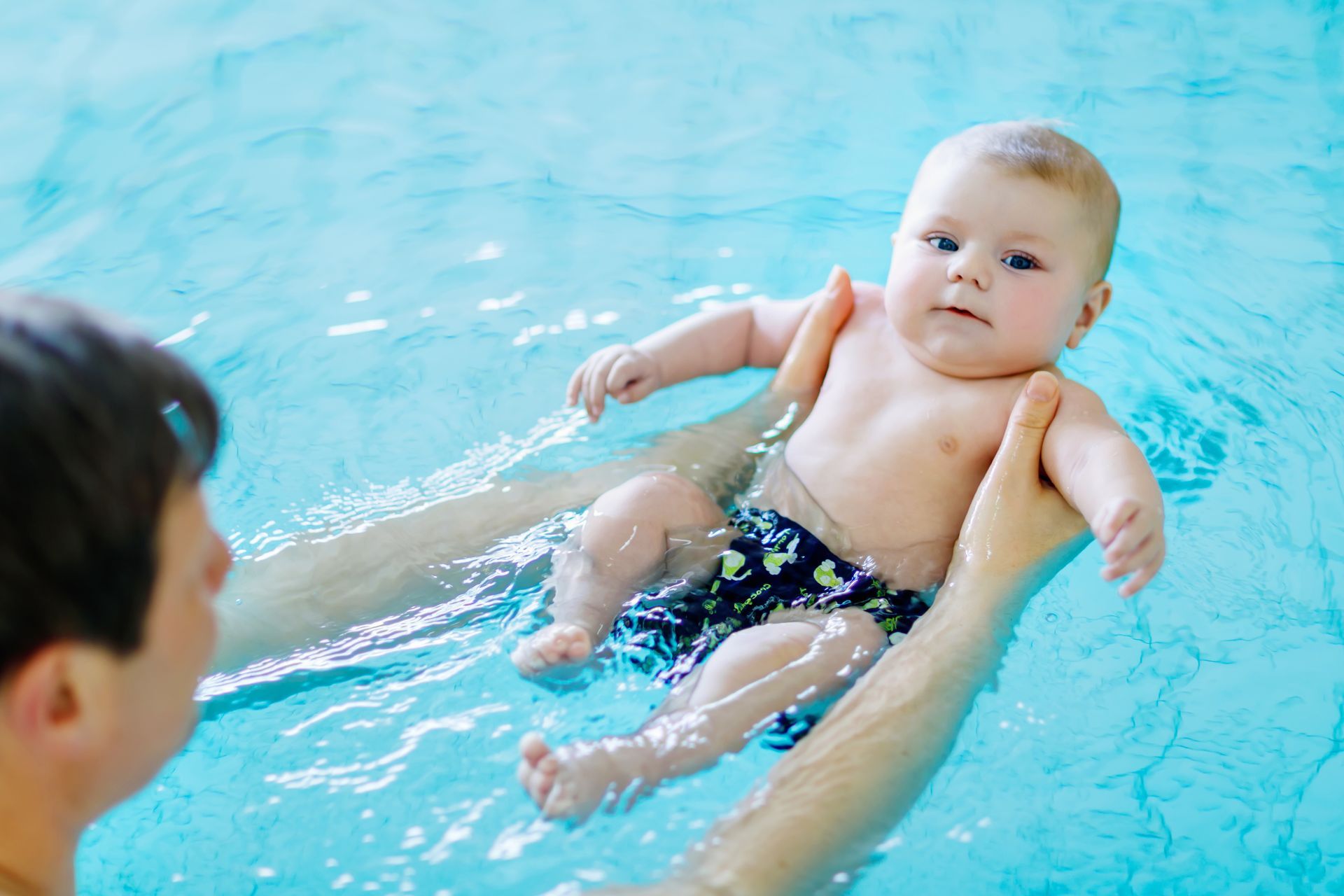Because the weather in South Florida is warm a majority of the year compared to the rest of the country, one of the activities people look forward to is swimming. From swimming in pools or the ocean, it’s one of the most popular outdoor activities for everyone to enjoy, both young and old. However, safety precautions are mandatory when you go out swimming. You want to make sure you have the necessary equipment and accessories for the right situation.
Floaties and puddle jumpers have been known as vital necessities when it comes to protecting kids from drowning. However, there is a catch. As a parent, you need to know the truth about them and why they can do more harm than good for your kids. It is important to understand the potential harm floaties and puddle jumpers can bring to your children, this way you will be able to avoid some needless dangerous experiences. Be smart enough to provide safety to your kids when out swimming.
Below are some of the truth about floaties and puddle jumpers and why they can do more harm than good for your kids:
Gives kids false confidence
Kids will always feel very safe with floaties and puddle jumpers. Even if they are on the verge of drowning, they will always feel safe and this false confidence is among the many shortcomings of floaties and puddle jumpers. The main problem with them is that when your kid flips upside down with floaties, they can’t get a breath and can drown. Also, floaties put children in a vertical position which is active drowning when swimming is a prone position. As a parent, you should to be on the lookout of any changes caused by floaties or puddle jumpers. This will help you in rescuing your kid earlier enough if they start drowning.
Parents get false confidence
As a parent, you will always feel your kid is safe whenever he or she is using floaties or puddle jumpers. Unfortunately, this has led to various unwanted dangerous swimming experiences to kids. Unfortunately, kids have drowned as a result of false confidence felt by their parents. Parents need to always pay close attention to their kids when using floaties or puddle jumpers. Any abnormal occurrences should prompt them to intervene in due time. This will help ensure your kid is always safe while out swimming.
Silent arm floaties
This is the greatest limitation of arm floaties, they are silent. Even when your kid is taking them off you will not hear any sound. This will expose them to some dangers such as drowning. In that connection, it is important to know that floaties are not that safe as you think. Always pay close attention to kids whenever they are taking off their floaties. This approach will go a long way to saving kids from drowning.
Removal of floaties
Kids might not learn when and when not to remove floaties in due time. It will take some time for them to master it. Lack of that vital knowledge on removing floaties endangers their lives. They might remove floaties by mistake and could drown accidentally. As parents, you need to really guide your children in the right way concerning the removal of floaties. Ensure they master that skill in due time to prevent swimming-related deaths.
Conclusion
In as much as floaties may act as safety accessories during swimming, they might also harm your kids. You need to monitor your kids always when they have floaties on. It helps in protecting them from any dangers.







